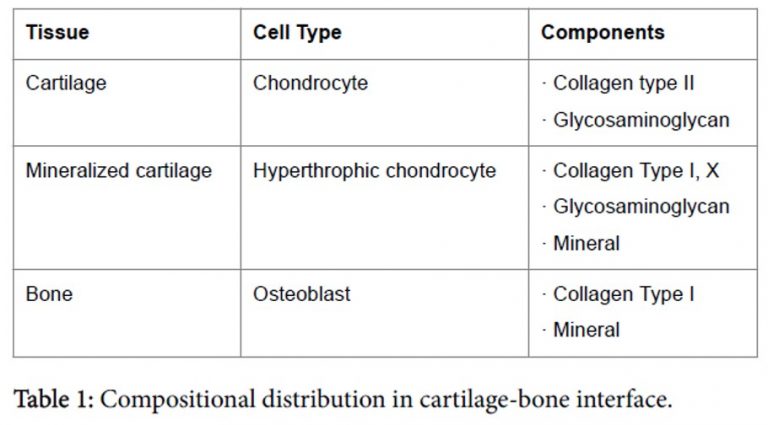Tissues with different material and biological properties are connected to one another through interfaces, which can be generally
categorized as soft-to-soft tissue interfaces (muscle-tendon, etc.), soft-to-hard tissue interfaces (cartilage-bone, tendon-bone, etc.) and hard-to-hard tissue interfaces (dentin-enamel, etc.). Since these interfaces merge biological materials, i.e., tissues, having distinct composition, structure and function, they possess complexities associated with their hierarchical structures, and when injured their healing/regeneration pathways follow more intricate phenomena compared to single tissues making up the interfaces. Findings reveal that injuries related to tissues connected in series occur mostly at the interfaces due to the mismatch between material properties of individual tissues. Therefore, interface tissue engineering has recently attracted significant attention from academia to be able to understand the mechanism of cell-materials interactions relevant to interfaces. At BIREL, we characterize structure and composition of tissue-tissue interfaces to better understand their structure-function relationship to be able to design and fabricate grafts for interface regeneration.

Source: Bayrak et al., J Tissue Sci Eng 2016, 7:2

